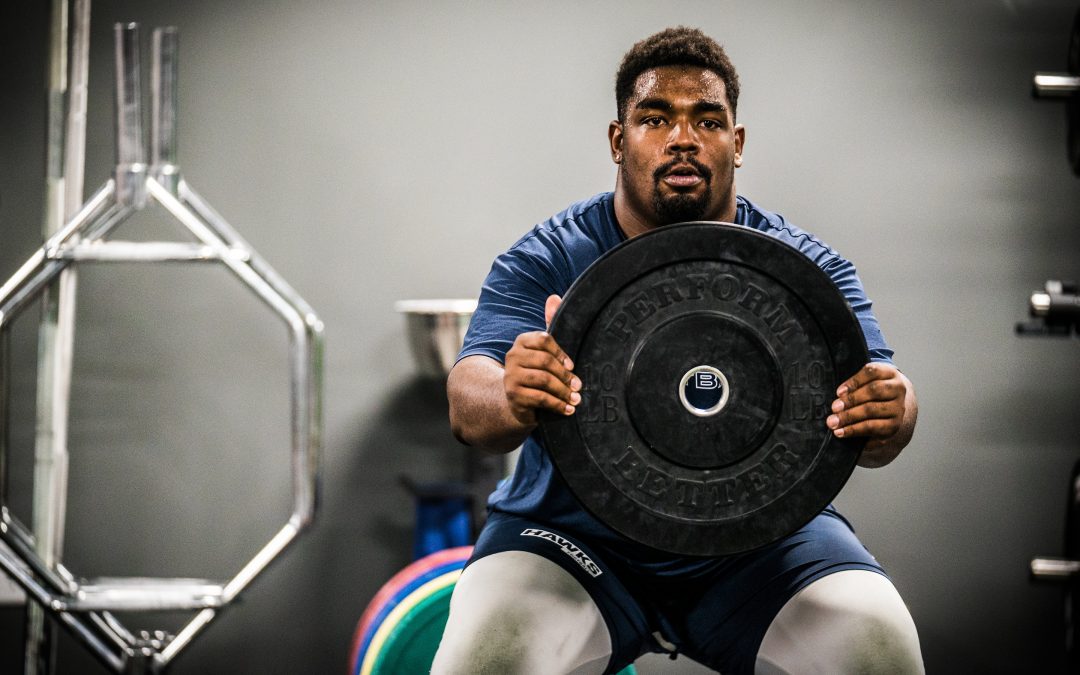The squat is arguably the most important movement pattern there is to athletic performance and overall health. It requires the ability to express and control full range of motion at your ankles, knees, and hips while maintaining a stable trunk position.
These qualities are vital to any number of sport movements, such as sprinting, cutting, jumping, landing, and driving into an opponent to make a block or tackle.
Additionally, when loaded, the squat is one of the best exercises there is for developing power, strength, and muscle mass in the quads, glutes, and hamstrings as well as stability throughout the entire body.
The problem is that many people struggle with the squat pattern. They may feel “tight” or restricted, their depth may be limited, or they may be unable to control their joints during the lowering portion of the movement. Often, the person’s first reaction is to blame a lack of mobility…
Not so fast. Often, we can make improvements in a person’s squat pattern simply by altering the individual’s center of mass using an offset load, effectively giving them more control of their trunk and pelvis.
The ability to maintain a “neutral” relationship between the trunk and pelvis throughout the squat is critical to not only expressing a full range of motion, but to loading and driving the movement with the legs as opposed to the back
Enter the offset plate squat.
Why It Works
Reaching a plate out in front of your body allows you to practice or relearn a more upright squat pattern through a full range of motion without sitting back excessively, pitching forward at the trunk, or feeling like your going to fall over backward By shifting your center of mass forward, the plate gives you the ability to sit straight down with more control of the trunk and pelvis Reaching activates the abs and moves the ribcage back, which aligns the torso over the pelvis while helping to turn off overactive back muscles that may limit our ability to express a full range of motion.
How To Do It
Begin by holding a light plate (5-15 lbs) at chest level. Exhale fully and tuck your belt buckle to your nose. You should feel your abs turn on. Bend your knees slightly and push your entire foot flat into the floor. Reach the plate out in front of you and squat by sitting your hips down and back as you simultaneously push your knees forward. Your knees should track straight ahead over the middle of your foot, not inward towards your big toe or out by your pinkie toes. Be sure that your entire foot (big toe, little toe, and heel) remains in contact with the ground throughout. Push the ground away from you with your entire foot and stand up as you exhale and bring the plate back into your body. Finish each rep with your ribs down and your belt buckle tucked to your nose. Repeat for 1-2 sets of 8-10 reps. The offset plate squat is a great warm-up activity to use before a squat training session because it rehearses a quality squat pattern while specifically preparing and activating the tissues we are going to need for higher intensity squatting.
Whether your goal is to improve athletic performance, get bigger and stronger, or just to move well and feel good, the offset plate squat can help you improve your squat pattern and get more out of your training! For more information on how to breath correctly during heavy lifting sessions, check out this blog article on breathing and bracing.

